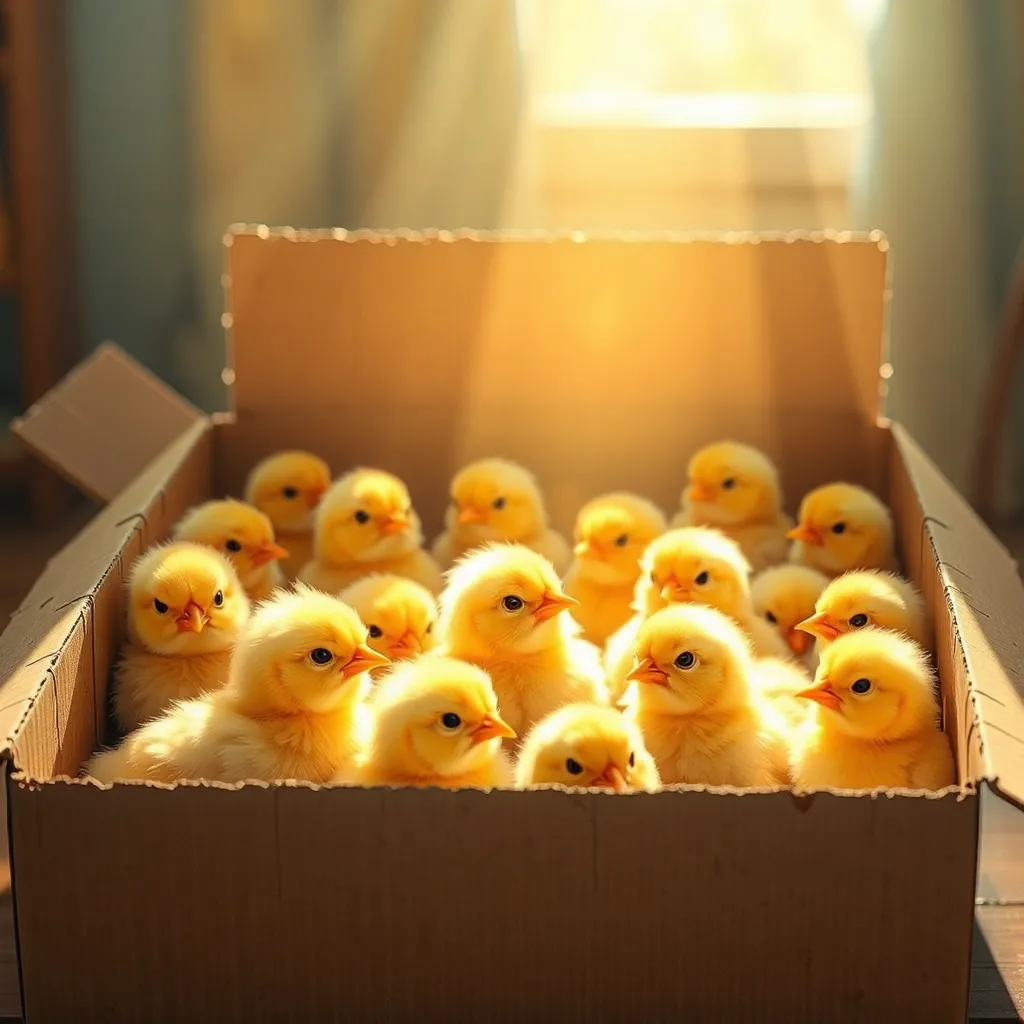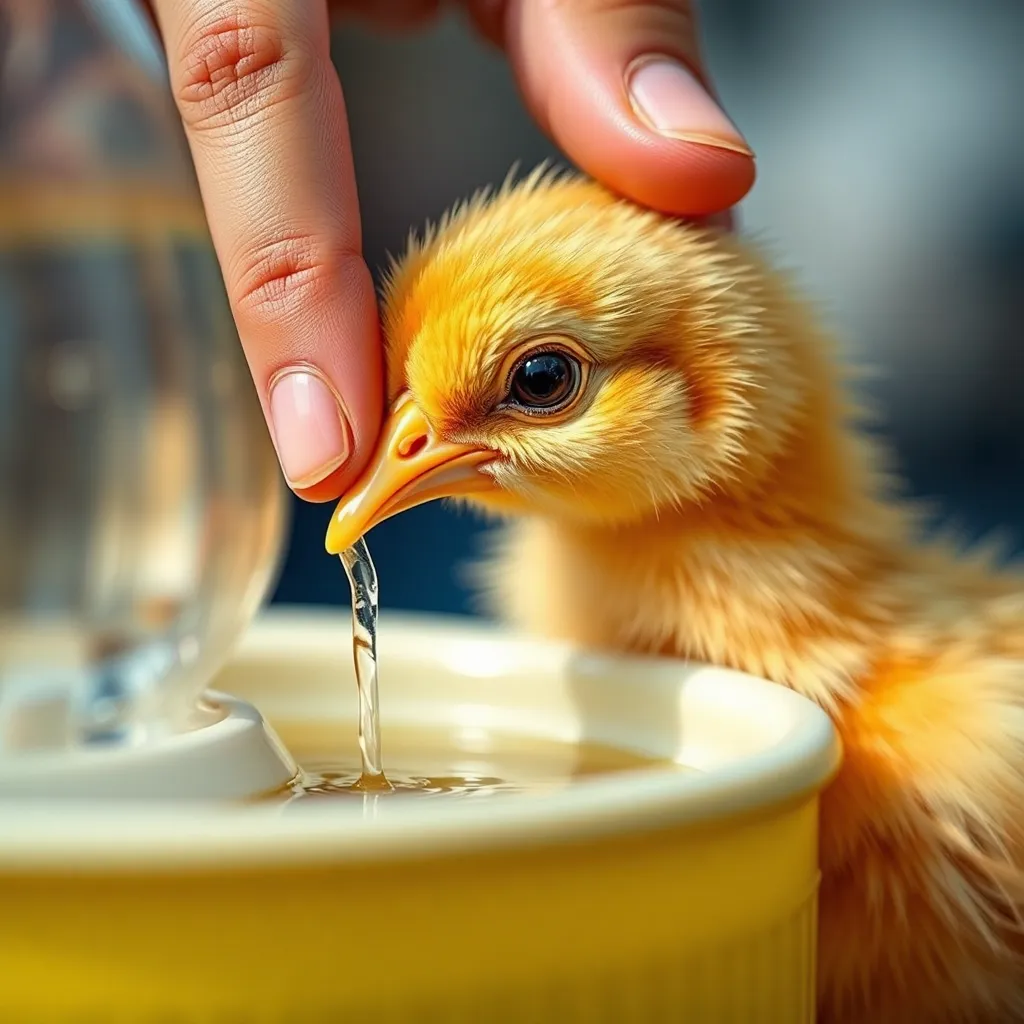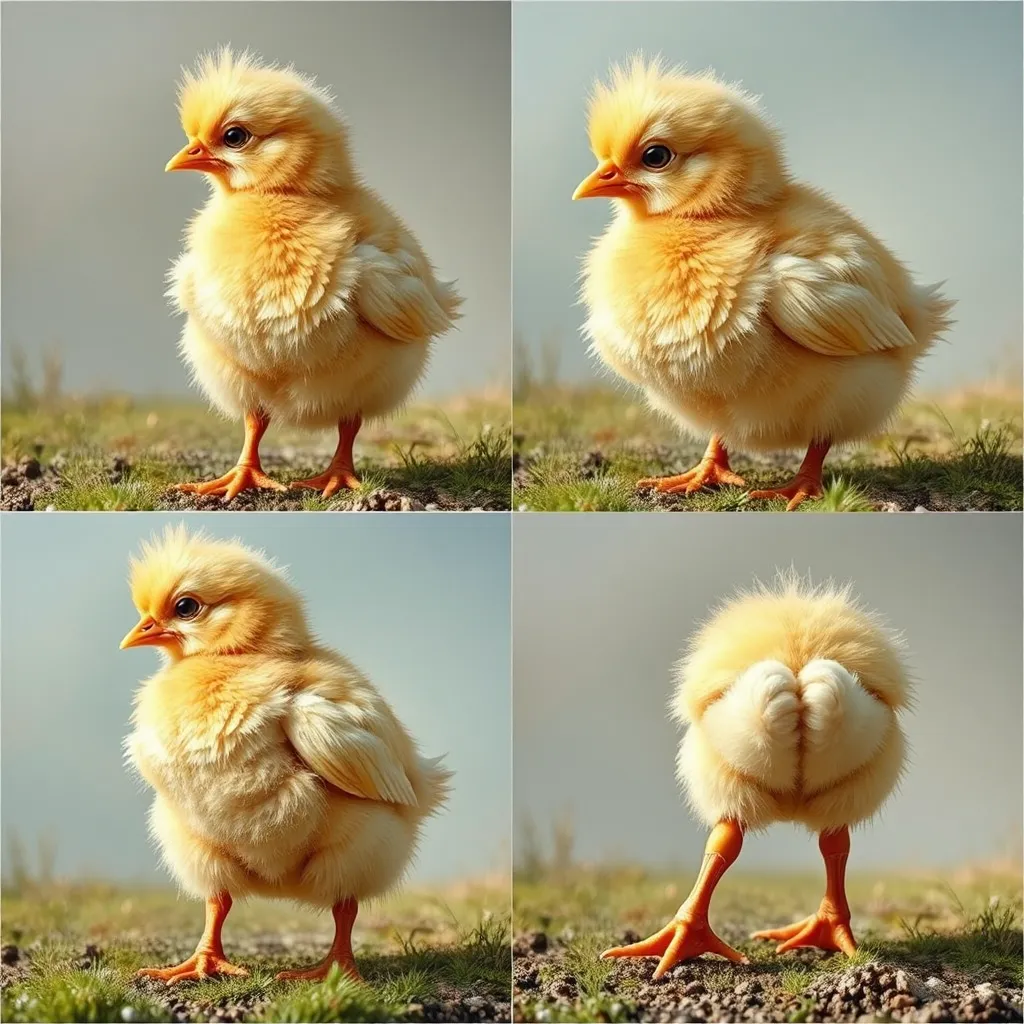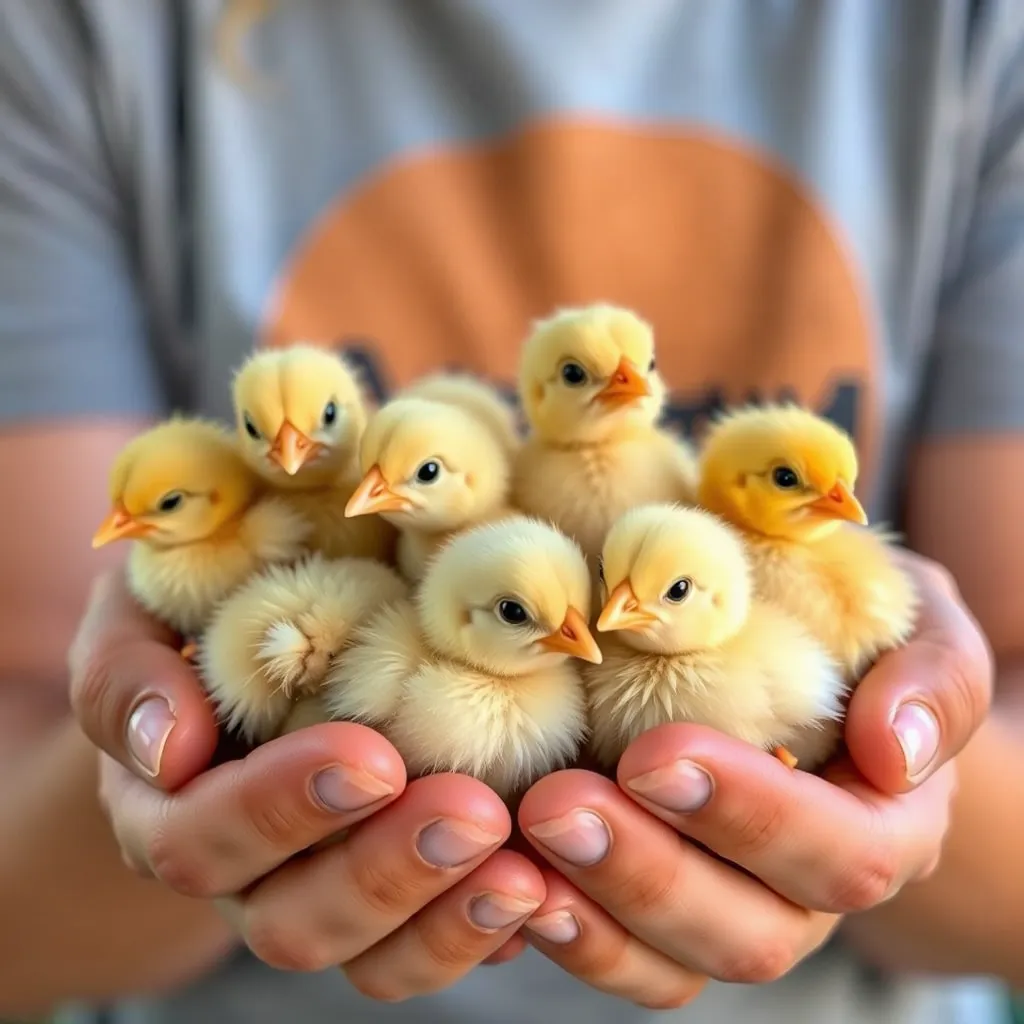Points to consider when bringing day-old chicks
Bringing Home Baby Chicks: A Comprehensive Guide for Success
Bringing home a box of chirping, fluffy chicks is an exciting experience, whether you’re a seasoned poultry keeper or a first-time chicken enthusiast. However, those first few days are crucial for their survival and long-term health. This comprehensive guide will equip you with the knowledge and actionable steps to ensure your day-old chicks thrive from the moment they arrive.

Preparing for Their Arrival: Setting Up the Brooder
Before your chicks arrive, it’s essential to have their brooder ready. This will be their home for the first few weeks of life. Think of it as a miniature, controlled environment designed to meet all their needs.
- Brooder Box: Almost anything can work, from a large plastic tub to a repurposed cardboard box. Ensure it’s draft-free and large enough to accommodate the growing chicks.
- Bedding: Use absorbent bedding like pine shavings (avoid cedar shavings as they can be toxic). This will help keep the brooder clean and dry.
- Heat Source: A heat lamp with a red bulb is ideal. Red light is less stimulating for chicks and promotes rest. Hang the lamp securely and adjust the height to maintain the correct temperature.
- Food and Water: Provide chick starter feed in a shallow dish or feeder specifically designed for chicks. Use a chick waterer to prevent drowning.
- Thermometer and Hygrometer: These are crucial for monitoring temperature and humidity levels within the brooder.

The First 48 Hours: Critical Care and Observation
The first two days are the most critical period for your chicks. Close monitoring is essential to ensure they’re eating, drinking, and staying warm.
- Temperature Control: Maintain a brooder temperature of 95°F (35°C) for the first week, gradually reducing it by 5°F (2.8°C) each week until they reach ambient temperature.
- Hydration: Dip each chick’s beak gently into the waterer upon arrival to ensure they know where to find it. Add electrolytes or vitamins to their water for the first week to help them recover from shipping stress.
- Nutrition: Chick starter feed should be available at all times. Ensure it’s fresh and easily accessible.
- Crop Check: Gently feel each chick’s crop (the pouch in their neck) before bedtime. It should feel full but not overly distended. This indicates they’re eating properly.
- Monitor for Pasty Butt: Pasty butt is a common issue where droppings stick to a chick’s vent, blocking it. Gently clean the area with a warm, damp cloth if necessary.

Common Chick Issues and Solutions
- Empty Crops: If a chick’s crop is empty, it may be struggling to compete for food or water. Separate it temporarily and hand-feed it a mixture of chick starter feed and water until it gains strength.
- Pasty Butt: As mentioned earlier, this can be life-threatening if left untreated. Regularly check and clean affected chicks.
- Splayed Leg: This condition causes a chick’s legs to splay outwards, preventing it from walking. You can gently tape the legs together to correct the position.
- Dehydration: Dehydrated chicks will appear lethargic and weak. Offer electrolyte-enhanced water and ensure the brooder temperature is appropriate.

Long-Term Chick Care: Beyond the First 48 Hours
As your chicks grow, their needs will change. Continue to monitor their health and adjust their environment accordingly.
- Gradual Temperature Reduction: Lower the brooder temperature as described above.
- Increased Space: Provide more space as the chicks grow to prevent overcrowding and stress.
- Introducing New Foods: Gradually introduce treats and other food items as they mature.
- Socialization: Handle your chicks regularly to help them become accustomed to human interaction.

FAQ: Frequently Asked Questions About Day-Old Chicks
-
Q: How do I know if my chicks are warm enough?
- A: Observe their behavior. If they’re huddled together under the heat lamp, they’re likely cold. If they’re spread out around the brooder, they’re comfortable.
-
Q: What should I do if I find a dead chick?
- A: Remove it immediately and dispose of it properly. Monitor the remaining chicks for any signs of illness.
-
Q: When can I introduce my chicks to my existing flock?
- A: Wait until the chicks are fully feathered and close to the same size as the adult birds, typically around 8-12 weeks old. Introduce them gradually under supervision.
-
Q: What type of chick starter feed is best?
- A: You can choose between medicated and unmedicated chick starter. Medicated feed contains coccidiostat, which helps prevent coccidiosis, a common parasitic disease. Consult your local feed store for recommendations based on your area.
-
Q: How often should I clean the brooder?
- A: Spot clean daily, removing soiled bedding and droppings. Completely change the bedding at least once a week to maintain a sanitary environment.
By following these guidelines, you’ll be well-equipped to provide your day-old chicks with the best possible start in life. Remember, observation is key. Pay close attention to their behavior and address any issues promptly. With proper care and attention, your fluffy chicks will grow into healthy, happy hens or roosters.
#notes






